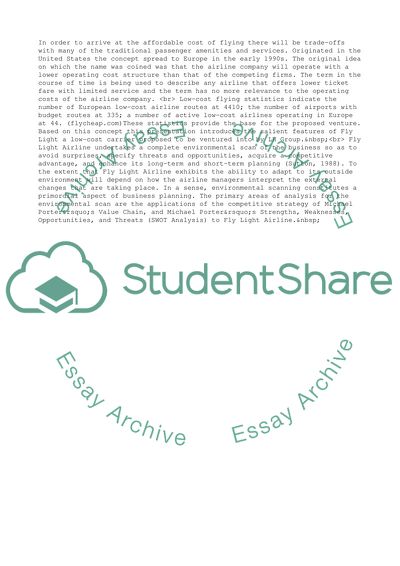Cite this document
(Environmental Scan for the Fly Light Concept Assignment, n.d.)
Environmental Scan for the Fly Light Concept Assignment. Retrieved from https://studentshare.org/management/1719950-management-assignment-2
Environmental Scan for the Fly Light Concept Assignment. Retrieved from https://studentshare.org/management/1719950-management-assignment-2
(Environmental Scan for the Fly Light Concept Assignment)
Environmental Scan for the Fly Light Concept Assignment. https://studentshare.org/management/1719950-management-assignment-2.
Environmental Scan for the Fly Light Concept Assignment. https://studentshare.org/management/1719950-management-assignment-2.
“Environmental Scan for the Fly Light Concept Assignment”, n.d. https://studentshare.org/management/1719950-management-assignment-2.


